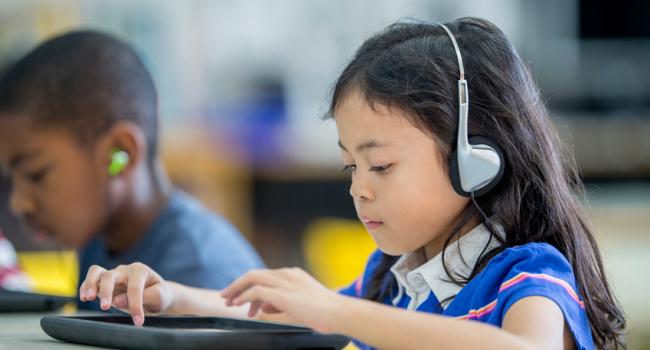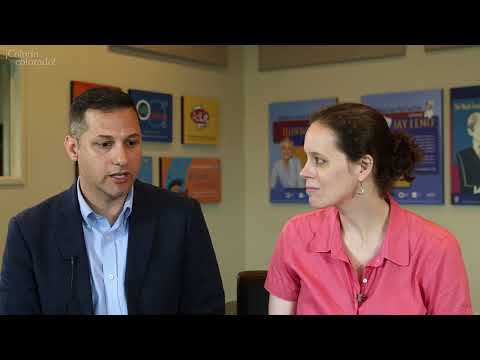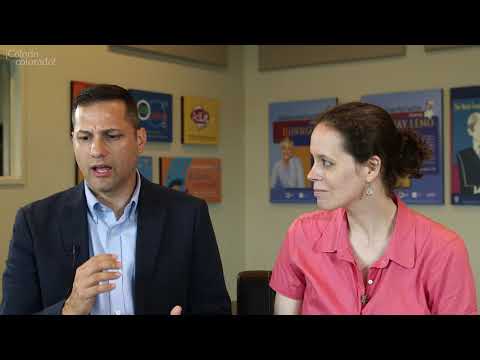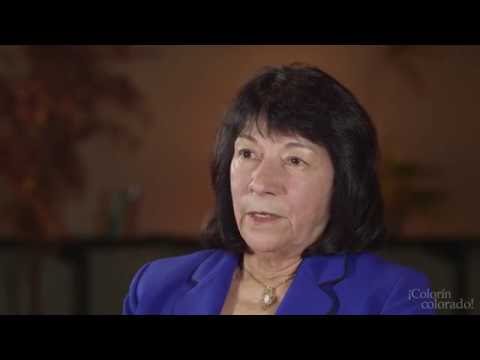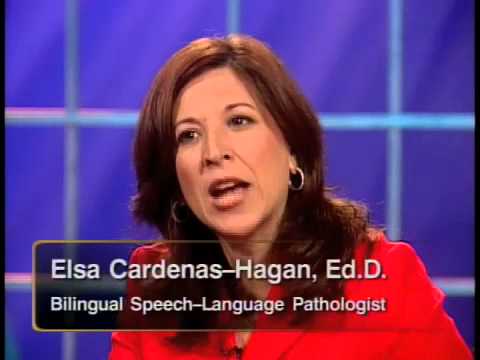Special Education and ELLs: Instruction and Assessment

The following sections provide in-depth information about assessment and instruction best practices for dually-identified students and how the field is changing with increased used of technology, student support teams, and more collaboration.
This resource section was made possible through our partnership with the National Education Association. Additional support was provided by the American Federation of Teachers.
What You'll Find in This Section
What do teachers need to know about accommodations for English language learners (ELLs)? How are assessment accommodations changing with technology? Learn more from the following resources, including our video interview with expert Lynn Shafer Willner of WIDA.
Special Education and ELLs: Accommodations & Assessment
What are effective ways to modify instruction for English language learners (ELLs) with identified disabilities and to build upon student strengths? These resources offer lots of ideas, including some for specific disabilities such as dyslexia and auditory processing disorders.
Instructional Strategies for Dually-Identified Students
Response to Intervention has become widespread in schools throughout the country, and it can provide an effective model for addressing student needs when implemented effectively. Learn more about what successful RTI looks like for English language learners (ELLs), particularly those with special education needs, from the following resources.
RTI for Dually-Identified Students
Designing instruction based on student strengths (what the student can do) provides an important foundation for success and offers opportunities to build upon those strengths in order to address areas where the student is struggling. Learn more about this approach from the following resources and videos.



